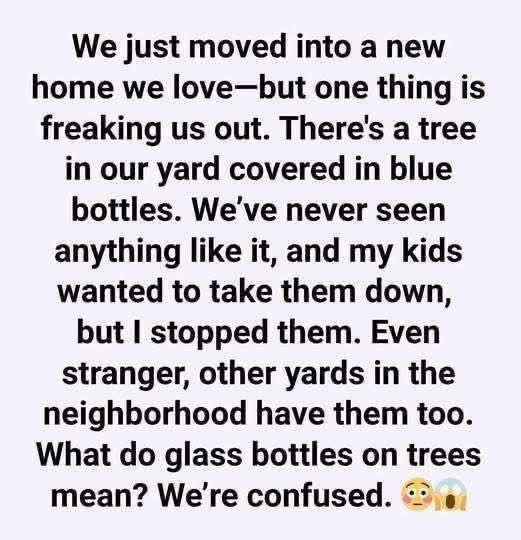Have you ever encountered a tree adorned with colorful glass bottles and found yourself curious about its purpose? This eye-catching display is known as a bottle tree, and it’s much more than just whimsical yard decor. Behind its vibrant appearance lies a rich tapestry of history, deeply rooted in African tradition and spiritual symbolism that has endured through generations.
The origins of bottle trees date back to Central Africa, with evidence suggesting their existence as early as the 9th century. Enslaved Africans brought this tradition to the American South, where it evolved in response to new cultural landscapes. In this new environment, the bottle tree emerged as a unique fusion of African spiritual beliefs and local customs, ultimately becoming a powerful symbol of protection, cultural heritage, and ancestral reverence, especially within Southern African American communities.
The choice of glass bottles is far from arbitrary. Folklore suggests that evil spirits are drawn to the bright, reflective surfaces of the bottles. As these spirits attempt to enter, they become ensnared inside. The sunlight captures their energy, sealing them within, while the wind blowing through the necks of the bottles produces haunting whistles—thought to be the cries of the trapped spirits. This practice serves both as a form of spiritual protection and a reminder of the unseen forces that surround us.
Bottle trees were traditionally placed near homes, gardens, or graveyards as a means to ward off negative energy and malevolent spirits. Each bottle—often repurposed from household items—carries its own story, and choosing where to place them was a ritual act imbued with intention and belief. This tradition reflects a profound connection to the spiritual realm and the power of visual symbolism.
In many Southern communities, the bottle tree serves as a focal point for storytelling and cultural expression. Families gather around these vibrant displays, sharing tales of their ancestors and the significance of each bottle. The colors and shapes of the bottles can also hold personal meanings, creating a unique narrative that connects the past with the present.
Today, bottle trees have transcended their cultural origins, embraced not only for their beauty but also for their mysterious charm. Artists and gardeners alike have adopted the practice, creating stunning installations in various settings. Yet for many, these trees remain a powerful testament to resilience, faith, and the enduring influence of ancestral traditions. They stand as a reminder of the rich histories that shape our identities and the ways in which we seek protection and connection in our lives.
In a world that often feels disconnected, bottle trees invite us to pause, reflect, and appreciate the stories woven into the fabric of our surroundings. They encourage us to honor our past while celebrating the vibrant expressions of culture that continue to thrive in our communities.


